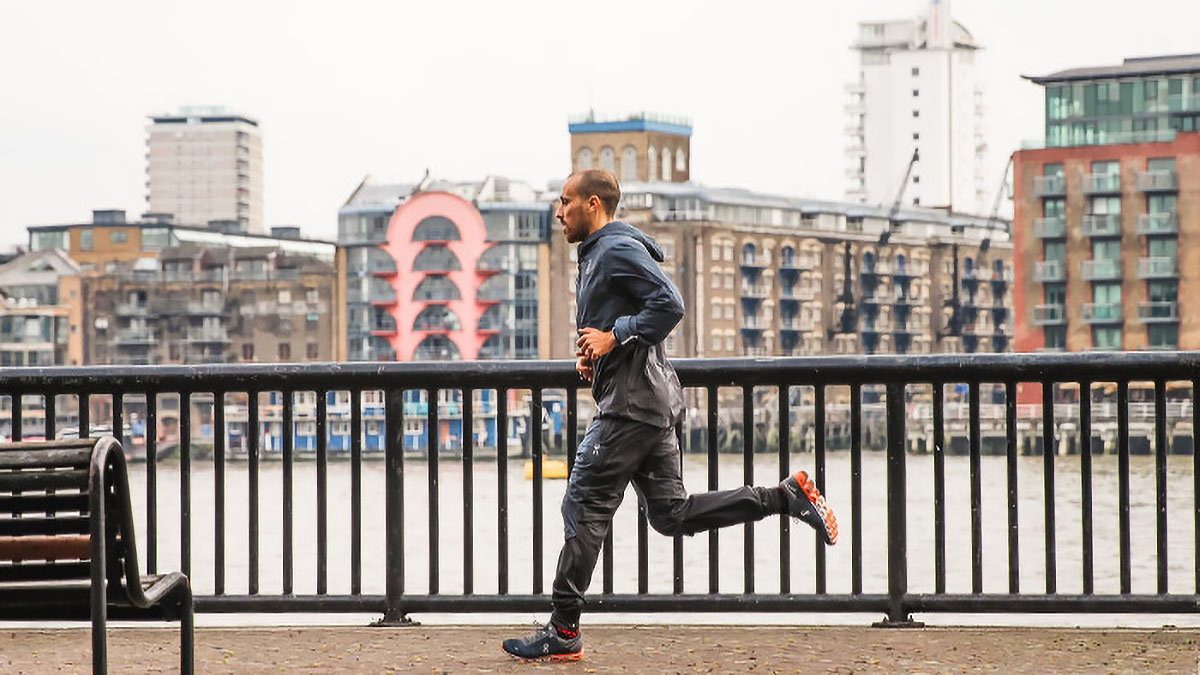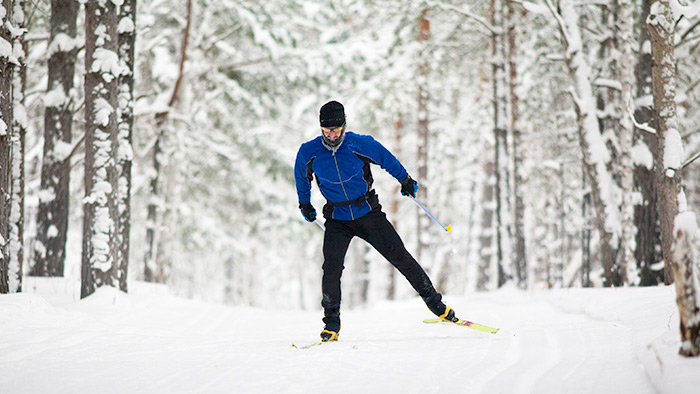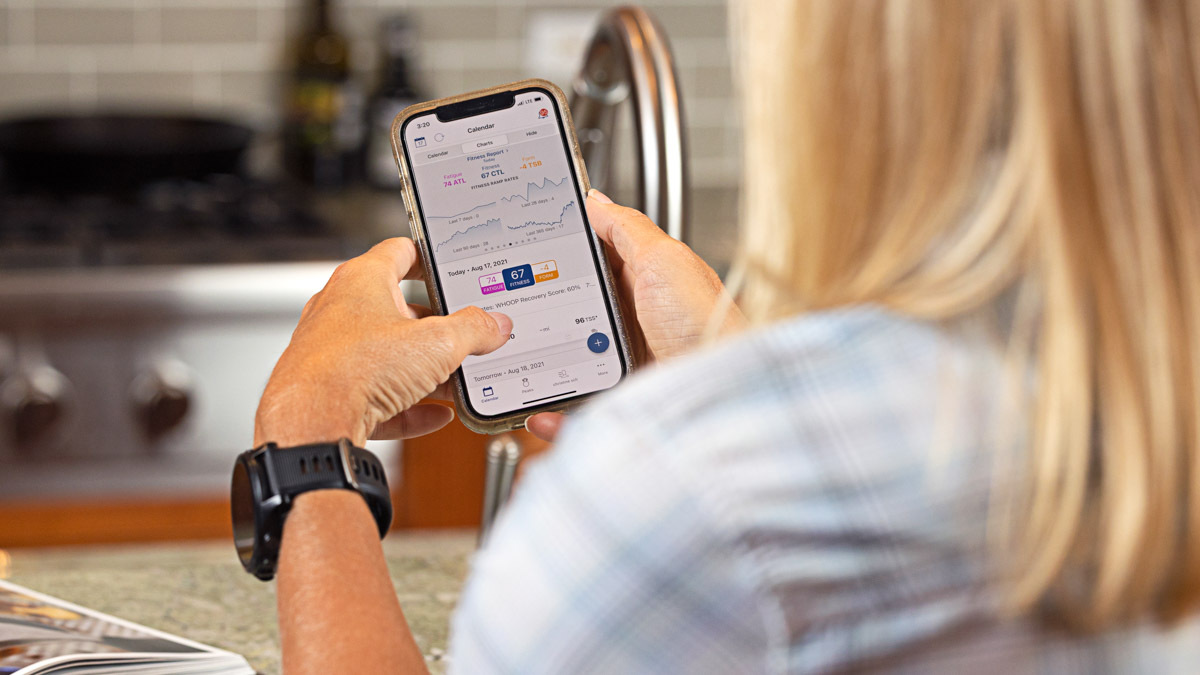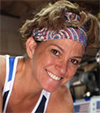There are plenty of ways to work on improving your fitness in the off-season so that your performance improves next race season. One option is to focus on a single sport for some period of time. During that single-sport focus period, the frequency, intensity and duration of the other two sports need to be reduced.
Let’s look at guidelines and suggestions for each sport if you plan to try a single-sport focus.
Swim Focus
If you are currently swimming one to three days per week, increase your swimming frequency to three days per week, minimum. Those already swimming three days per week can increase to four days per week. When designing your weekly training, plan to have all intensity go into swimming.
Running and cycling are each cut to one or two days per week, and intensity is all aerobic with a focus on good form.
Since the intensity is going into swimming, use that newfound speed and enter some Masters swim meets. Knowing that you don’t have to bike and run after a swim allows you to discover how fast you can really swim. No distance is too short or too long. The shortest distance typically offered at a meet is 50 yards, and the longest is 1650 yards (roughly one mile).
If swim meets don’t sound appealing, then change the way you do longer sets. For example, if you can currently hold a 1:30 pace per 100 for a set of 10 x 100s on a 1:40 send-off; change the send-off and aim to swim faster. Make your new send-off 1:50, and the goal is to swim 1:20 to 1:22 per 100—every single time. When you can’t hold the faster pace, the set is over.
The first time you do the sample set, you might only complete 4 x 100s before your pace gets too slow. That’s okay. End the set and come back to it in a week or two and try for 5 x 100s at the fast new pace. Once you can complete 10 x 100s holding 1:20 to 1:22 per 100 on a 1:50 send-off, reduce the send-off time to 1:45 and repeat the process.
This ratcheting process helps you improve the average pace for longer sets.
Bike Focus
For triathletes who typically train alone during race season, join a group ride in the off-season. Learn group riding skills that include drafting and paceline work. Ask around to find a friendly group that pushes the pace during parts of the ride and then regroups.
This no-wait, no-drop format gives you the opportunity to try to stay on the wheels of the fastest riders. You may find that the goal of staying on a fast wheel will have you producing power numbers you’ve never seen before. If you do get dropped, the regrouping point gives you another chance to challenge yourself.
Experienced triathletes can keep this fast group ride in the mix throughout several weeks of the off-season. This makes high-intensity efforts more fun and less structured. To get the most out of these group rides, make sure you have fresh legs. This means reducing run frequency, duration and intensity.
Swimming doesn’t have as much of an effect on cycling as running does; but, I still advise decreasing swimming during your bike-focus time as well because swimming affects overall body fatigue.
In addition to the group ride, add a second workout mid-week to improve cycling power. Counter-intuitive for triathletes is a shorter workout that includes all-out sprint efforts that are some 10 to 30 seconds long with very generous recovery (four to five minutes.) I call these Miracle Intervals.
Another option for triathletes is to try the sport of cyclocross. The races are short, and intense and include obstacles and running.
Run Focus
A great way to improve run speed is to train for fall or winter running races. The three distances I favor are 5K, 10K and half-marathon.
To really optimize running requires a decrease in cycling volume and intensity. Use your pool time for the purpose of recovery from running so swimming volume and frequency are reduced as well.
Adding additional running days can be beneficial; but should be done with caution by slowly increasing the weekly running volume.
Because many triathletes are forced to run early morning or after work when it is dark, the off-season is a good time to use a treadmill for quality workouts. One workout series I like is what I call a treadmill-track workout. The first workout in the series is below.
After a good warm-up, do:
- 1-3 repetitions that are 3:30 long at a pace that is 8 percent faster than your current 10K pace. Recovery interval is 3:30 jogging.
- 1-3 repetitions that are 2:30 long at a pace that is 8 percent faster than your current 10K pace. Recovery interval is 2:30 jogging.
- 1-3 repetitions that are 1:30 long at a pace that is 8 percent faster than your current 10K pace. Recovery interval is 1:30 jogging.
- 1-3 repetitions that are 45 seconds long at a pace that is 8 percent faster than your current 10K pace. Recovery interval is also 45 seconds of jogging.
Be sure to leave enough time to cool down at an easy pace.
There are endless ways to stay active and motivated in the off-season. Having a single-sport focus is one way. No matter what you choose to do, know that consistency trumps all. That means stay moving and active – don’t let the couch swallow you up.









